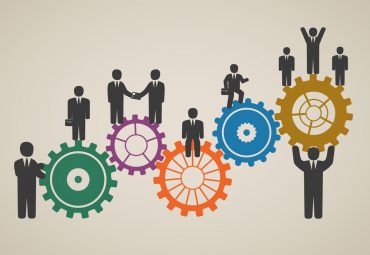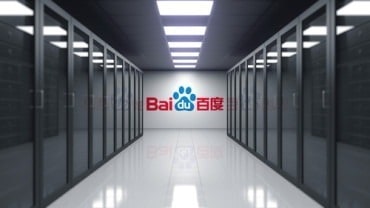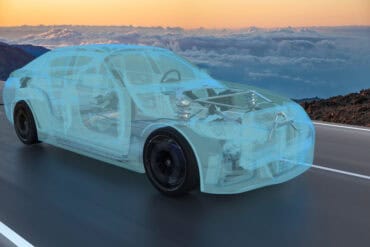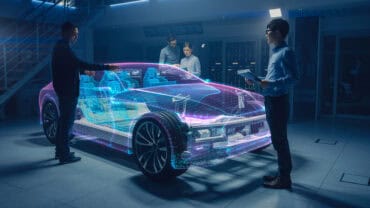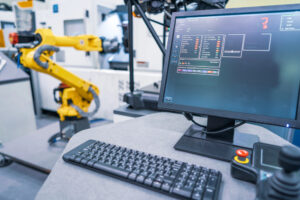
As robots and their AI-enabled use cases become more frequent on factory floors, manufacturers should deploy these capabilities in a way that strengthens – not hinders – the overall workforce.
The concept of robotics in manufacturing isn’t new. For years, companies across industries have implemented and experimented with robotics in their operations to increase efficiency, safety, and precision. The manufacturing industry is no exception – in fact, according to Deloitte’s 2023 Manufacturing Outlook, 62% of manufacturers said they planned to implement robotics and automation to increase operational efficiencies over the next 12 months, making it the #1 technology being focused on by manufacturers at the time.
Fast forward to 2024, and manufacturers are now entering a new phase in robotics growth driven by AI – including Generative AI (GenAI). It’s a tool that’s opened the door to a host of new use cases because it lowers some historical barriers to automation. Manufacturers eyeing growth have an opportunity to leapfrog future competition by making strategic choices around robotics and AI – and it starts by understanding the full scope of what’s possible.
For manufacturers, there are several new opportunities to incorporate AI into their operations, but they must navigate several areas before implementation, including improving trust between robots and human workers and building a synchronized ecosystem of human talent and technology to create a workforce of the future.
See also: Industrial Robotics Driven by Increased Job Site Risk
Exploring new robotics use cases
We’re starting to see robots of all forms become more commercially available because of greater overall demand and greater feasibility in usage, meaning they are not only becoming easier to operate but also more robust and able to solve for higher complexity and autonomous environments. Both capex and lifecycle costs are decreasing while reliability is increasing, making them more appealing to use in an increasingly software-defined manufacturing environment. Robots bring incredible opportunities for manufacturers in four major categories:
- Freeing humans from the mundane: when robots take over repetitive, manual tasks, humans can maximize their time for innovation and strategic work.
- Streamlining the supply chain: robots can deliver parts and inventory to and from production lines, making production more reliable, especially as the supply chain continues to adjust to inventory and workforce availability challenges.
- Making work safer for people: by deploying a robot in an environment that may be physically dangerous to humans, manufacturers can protect people while still maintaining productivity.
- Bridging the physical and digital worlds: robots can apply changes automatically to a product or process physically after humans test the change in the omniverse, creating less lag time and more accuracy.
Over the past five years, AI has significantly enhanced the capabilities and scalability of robotics, improving communication through user-friendly interfaces like chatbots and facilitating more complex applications such as leveraging synthetic data generation, complex physics-based product and process simulation, vision sensing, and increasingly precise and articulated movements. Throughout this period, we’ve had a front-row seat to these changes as we’ve helped clients seamlessly integrate AI to optimize the deployment of robotics within their specific business operations.
We’ve also seen that experimenting with robotics and AI doesn’t need to be a huge undertaking. Often, starting small to address one or two use cases is the best route because it’s measurable and specific. For example, programming a robot with AI to assemble a specific piece on a car that was, in the past, a dangerous and difficult task for humans. Or running AI to see if it would be more efficient for robots to deliver bolts or fabric to the production line based on where they sit in the warehouse.
See also: AI and Robotics Research Continues to Accelerate
Building trust
Alongside these new use cases, safety and security measures must also be taken, not only regarding the physical ways humans work with robots but also around their limitations. Organizations must overcome the challenges of delivering implementations due to the trust curve. Human floor managers still ask questions like: will a robot do what I tell it to? Will they be reliable? It will be increasingly important that manufacturers balance innovation with the needs of real people by setting clear guidelines on how robotics are used and constantly evaluating and improving the AI models that may power them.
Another element of trust will come from enabling manufacturing workforces to adapt and thrive amidst an increasingly tech-driven environment. When organizations give their workforce ongoing growth opportunities, it’s a signal to employees that they are valued long term even as their needed skillsets change. Human skills like emotional intelligence, social flexibility, and inclusiveness will be increasingly important because tech skills alone, like cybersecurity fluency and AI/machine learning programming, won’t take us full circle.
The more tech in our work, the more human capabilities we need – and keeping those humans around starts with securing their trust now. Upskilling programs are a great way to both build trust and invest in the future because they can help humans effectively communicate, collaborate with, and leverage robots and other tools and make employees feel like they’re growing with the business.
Getting started with robotics
Manufacturers looking to capitalize on robotics and AI should start with the basics. If you’re not already implementing robotics, take inventory of your current tech stack and make sure there’s a clear business case for investment. Adding tech without a strategy behind it will only complicate real progress. If you’re already using robotics and want to incorporate AI into the mix, make sure your tech infrastructure has the capacity to support additional workloads and is adaptable enough to add more over time. Then, consider which AI models are right for you. An independent advisor can help manufacturers determine the steps they need to take to enable transformation – no matter the stage of their AI implementation/use – and then assist in making recommendations about where robotics can enhance certain operations through DevOps and MLOps, to train and deploy new capability to the AI-enabled solution.
Human workforces become more powerful with technology. When they work together, operating in different places and with different strengths, each piece needs to be properly supported to create a holistic ecosystem. As robots and their AI-enabled use cases become more frequent on factory floors, manufacturers should deploy these capabilities in a way that strengthens – not hinders – the overall workforce. This means considering what new skills and human capabilities are needed to ensure success and considering how human work will change alongside increased robotics and automation. There is still work to be done to ensure robots are being used safely and securely, but the more we continue to experiment, the better our outcomes will be. If manufacturing organizations invest strategically in robotics and AI today, they may deliver increased value to their customers in the long term, maintaining or growing their competitive advantage.


